As the world focusess on environmental preservation, the concept of vehicles that harmonize with nature has taken center stage. Whether it’s through design, materials, or innovative technology, a new wave of eco-conscious vehicles is emerging. These vehicles don’t just reduce emissions or minimize environmental impact—they blend into natural landscapes, embodying the principle of biomimicry. Here are 13 such vehicles.
BMW i3
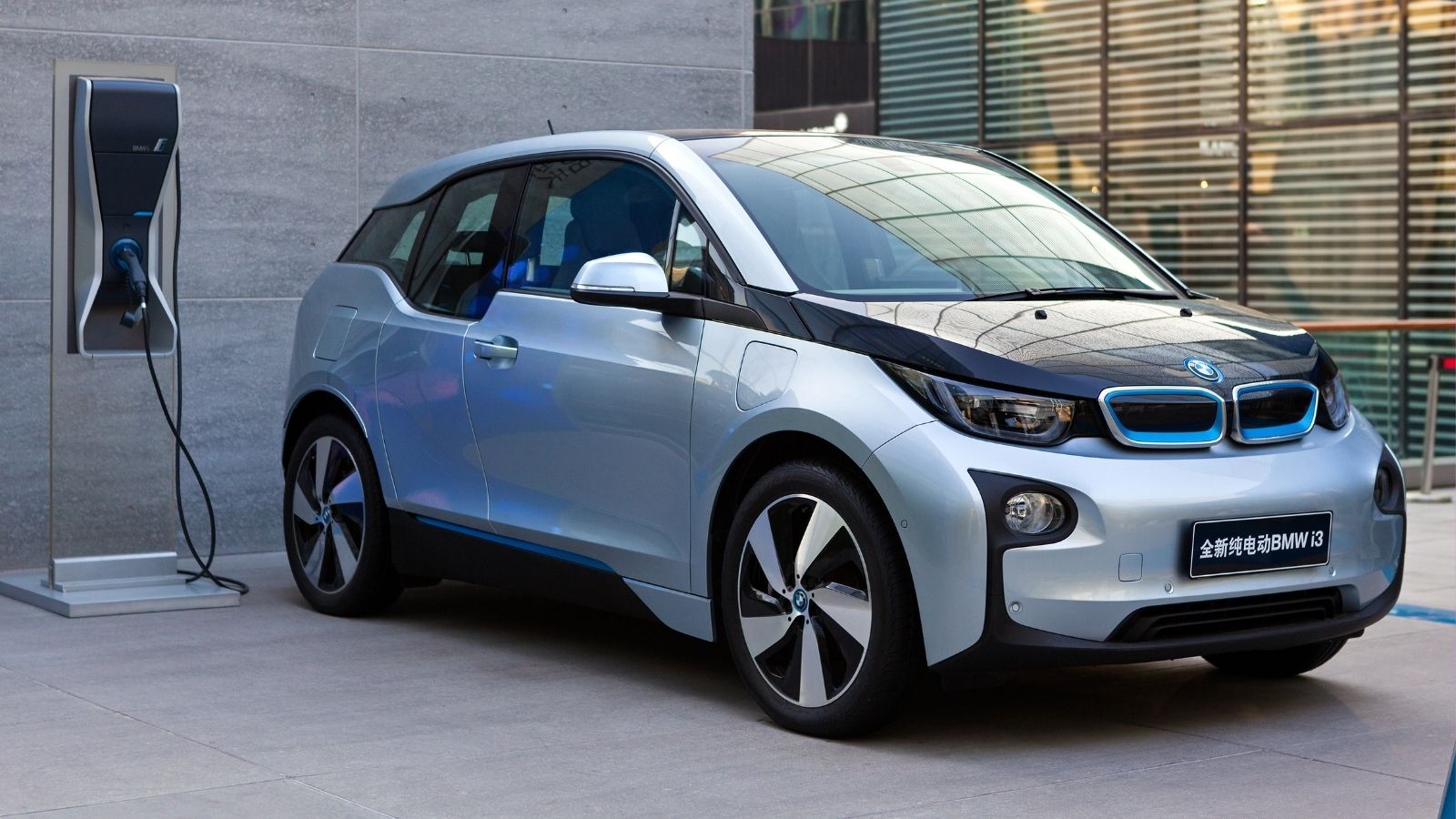
The BMW i3 is more than just a compact electric vehicle (EV); it exemplifies how thoughtful design can integrate seamlessly into urban ecosystems. The i3’s structure is made from carbon fiber-reinforced plastic (CFRP), which is lightweight and incredibly strong. This material is produced with minimal environmental impact, as it’s crafted using energy derived from wind power at BMW’s Moses Lake plant in Washington State. The vehicle’s interior features sustainable materials like eucalyptus wood and naturally tanned leather, adding to the car’s organic appeal. BMW also uses recycled PET bottles for the interior panels, making the i3 as green inside as it is outside. Its size makes it ideal for urban jungles, where it blends effortlessly into green spaces and reduces noise pollution.
Toyota Prius
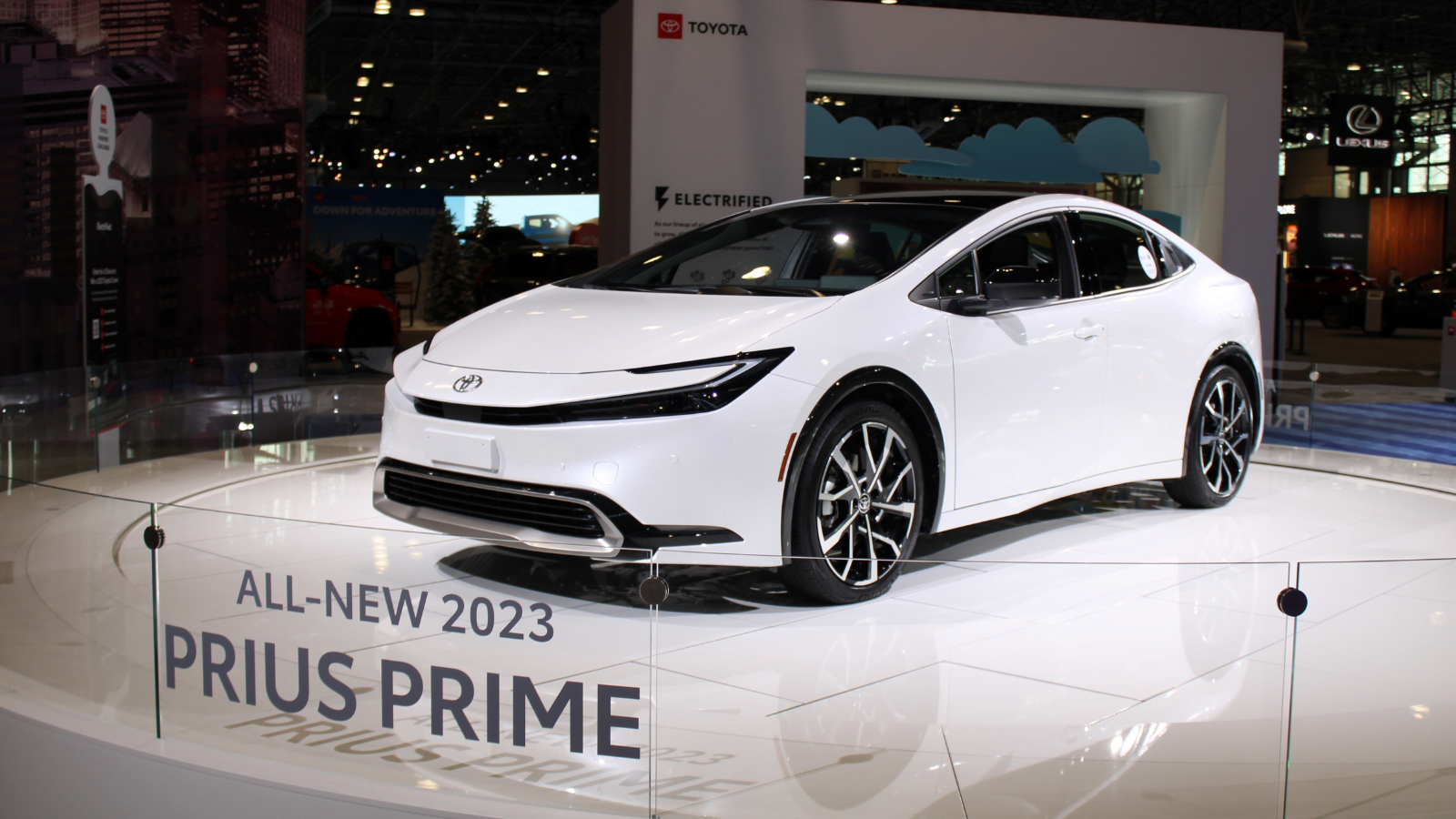
The Toyota Prius is synonymous with eco-conscious driving. Since its launch in 1997, it has led the hybrid revolution by offering a vehicle significantly reducing greenhouse gas emissions. The Prius’s design, characterized by its low drag coefficient and aerodynamic shape, contributes to its efficiency. Beyond its mechanical prowess, the Prius features eco-friendly materials, including bioplastics derived from plant sources for interior components. The Prius’s quiet operation and fuel efficiency make it a harmonious addition to any natural landscape, particularly in suburban areas where it quietly navigates through parks and green belts.
Tesla Cybertruck
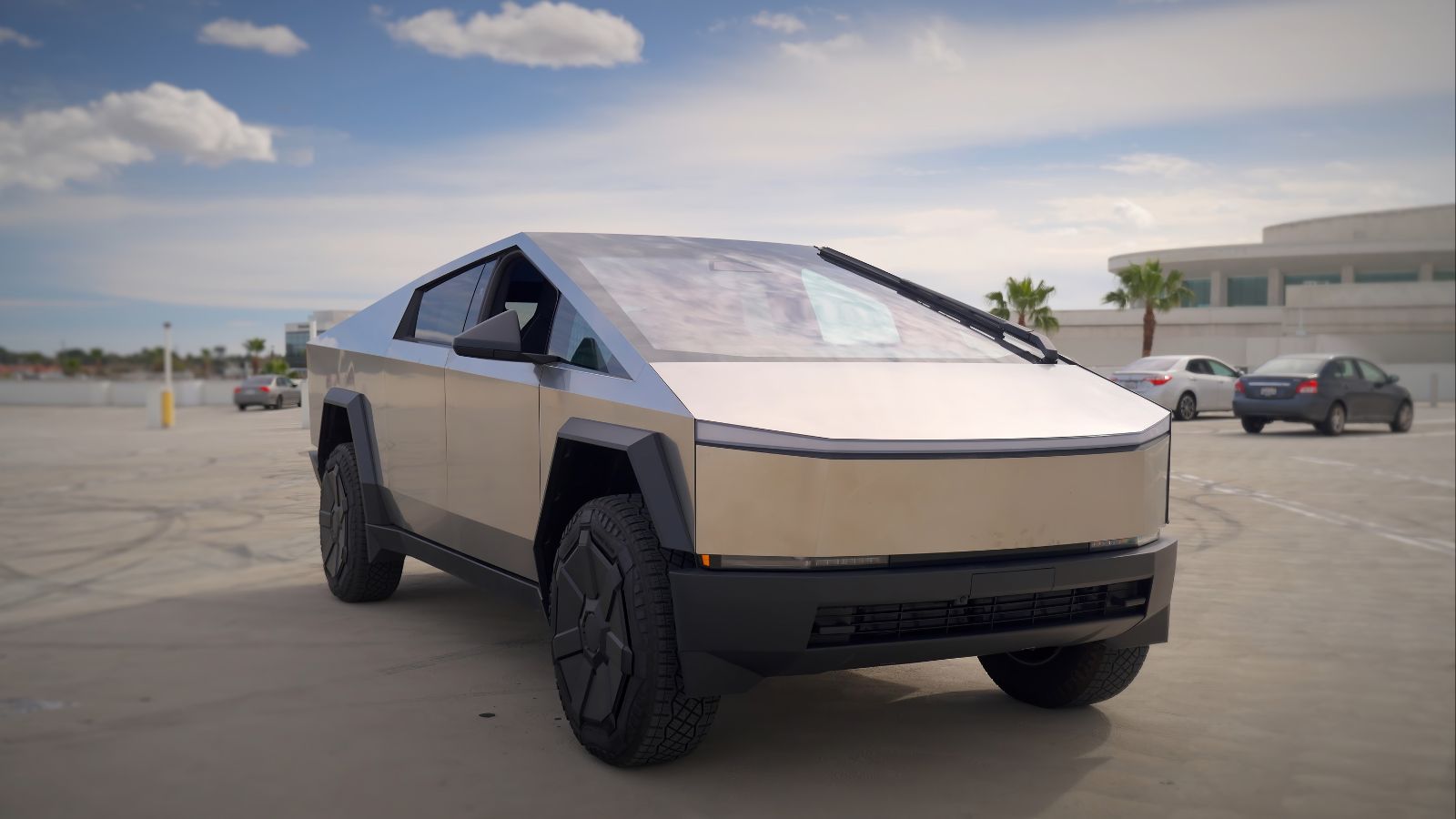
The Tesla Cybertruck, with its angular, stainless-steel exoskeleton, may not look like it belongs in nature, but its electric powertrain makes it a surprising ally to the environment. Designed to be rugged and durable, the Cybertruck is built to last, reducing the need for frequent replacements and thus lessening its environmental footprint. The vehicle’s stainless-steel exterior is corrosion-resistant, eliminating the need for paint, which can release harmful VOCs (volatile organic compounds). The Cybertruck’s ability to operate in off-road environments with zero emissions makes it an ideal companion for outdoor enthusiasts who want to explore nature without disturbing it.
Mercedes-Benz EQC

The Mercedes-Benz EQC is an all-electric SUV that brings luxury to the eco-conscious driver. Its electric powertrain ensures zero emissions, making it a vehicle that respects the environment it traverses. What sets the EQC apart is its attention to detail in material choice: the interiors use recycled plastics, and the leather is tanned using an eco-friendly process. The EQC’s nearly silent operation reduces noise pollution, allowing it to move through natural environments without disturbing wildlife. Its sleek design, smooth lines, and nature-inspired color palette help it blend into both urban and rural landscapes.
Rivian R1T
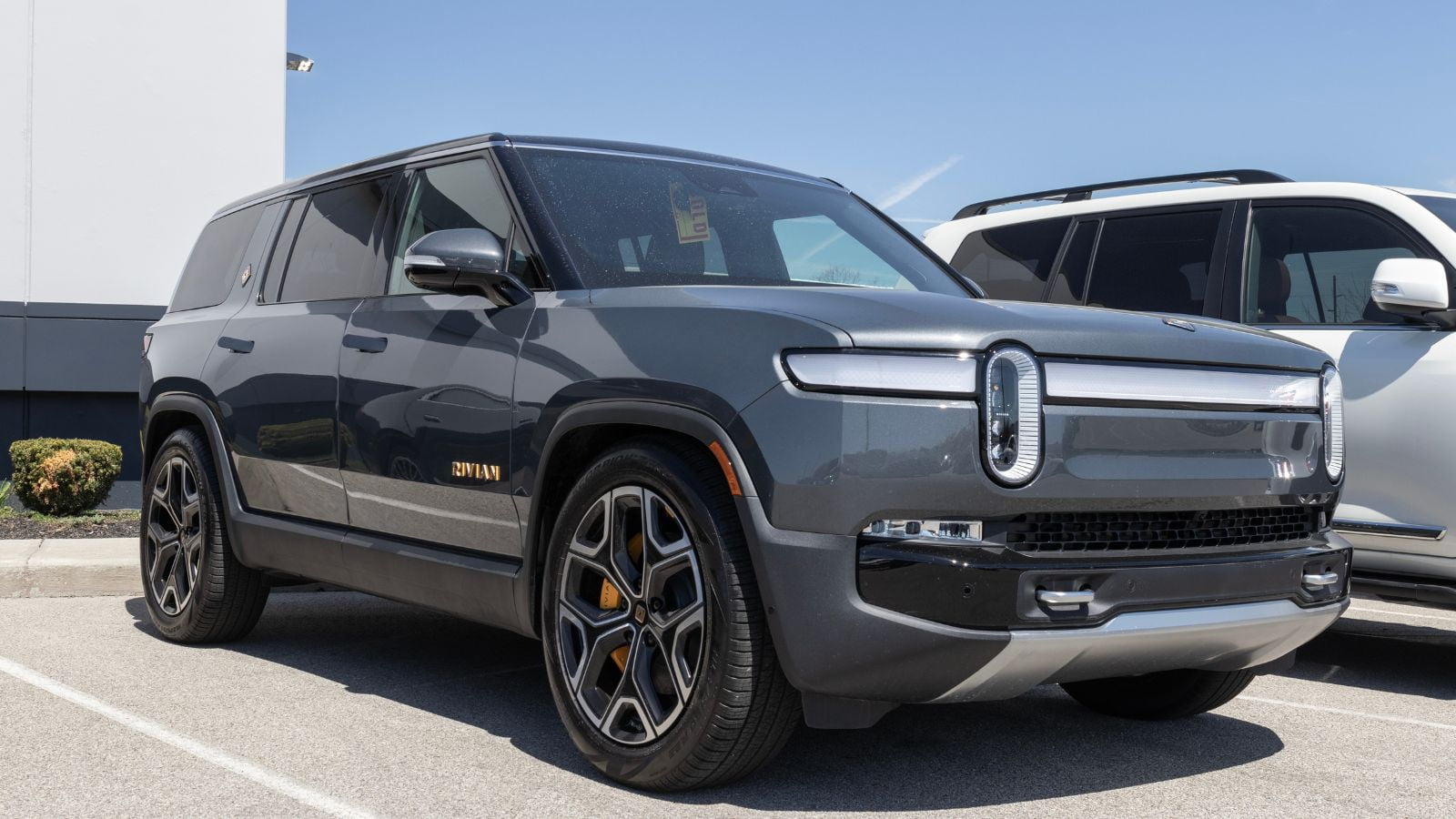
Rivian’s R1T is an electric pickup truck designed for adventure without compromise. With a range of over 300 miles on a single charge, the R1T is perfect for those looking to explore the great outdoors. Its electric powertrain ensures that your journey is as kind to the environment as possible, emitting no tailpipe emissions. The R1T has a robust battery that can power a campsite, allowing adventurers to connect with nature without relying on noisy, polluting generators. The vehicle’s design also includes sustainable materials like vegan leather, and its modular bed system allows for customizable setups that can cater to various outdoor activities.
Lucid Air
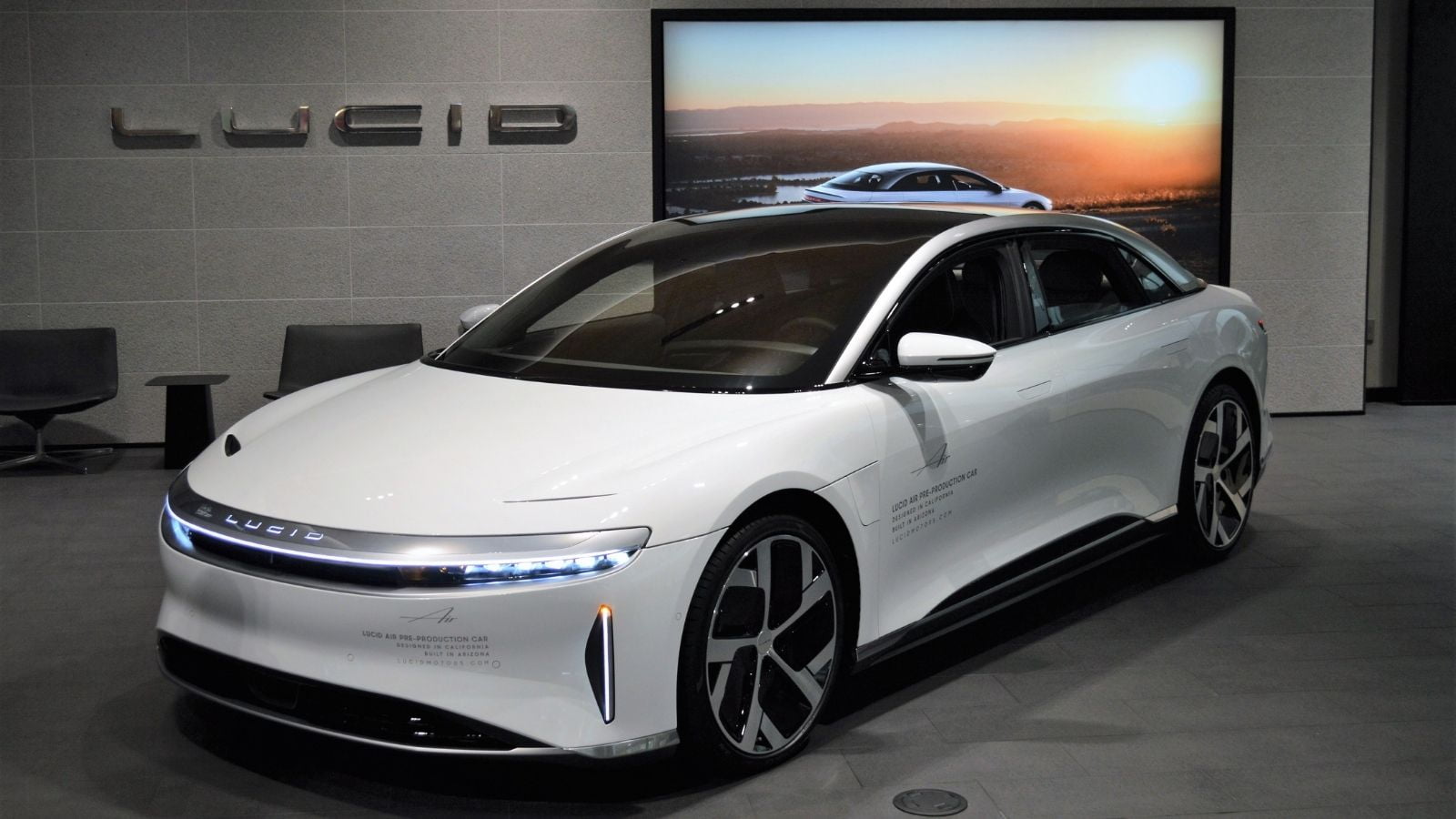
The Lucid Air is a luxury electric sedan that exemplifies how sustainability and high-end design coexist. Its aerodynamic design, featuring a smooth, flowing silhouette, reduces drag and improves efficiency, making it a perfect fit for eco-conscious drivers who don’t want to sacrifice style. Lucid Motors also has committed to using sustainable materials wherever possible, from eco-friendly textiles to responsibly sourced wood. The Air’s large battery capacity offers an impressive range and supports a more extensive infrastructure for renewable energy. This, combined with its near-silent operation, makes the Lucid Air a vehicle that treads lightly on the Earth.
Land Rover Defender PHEV
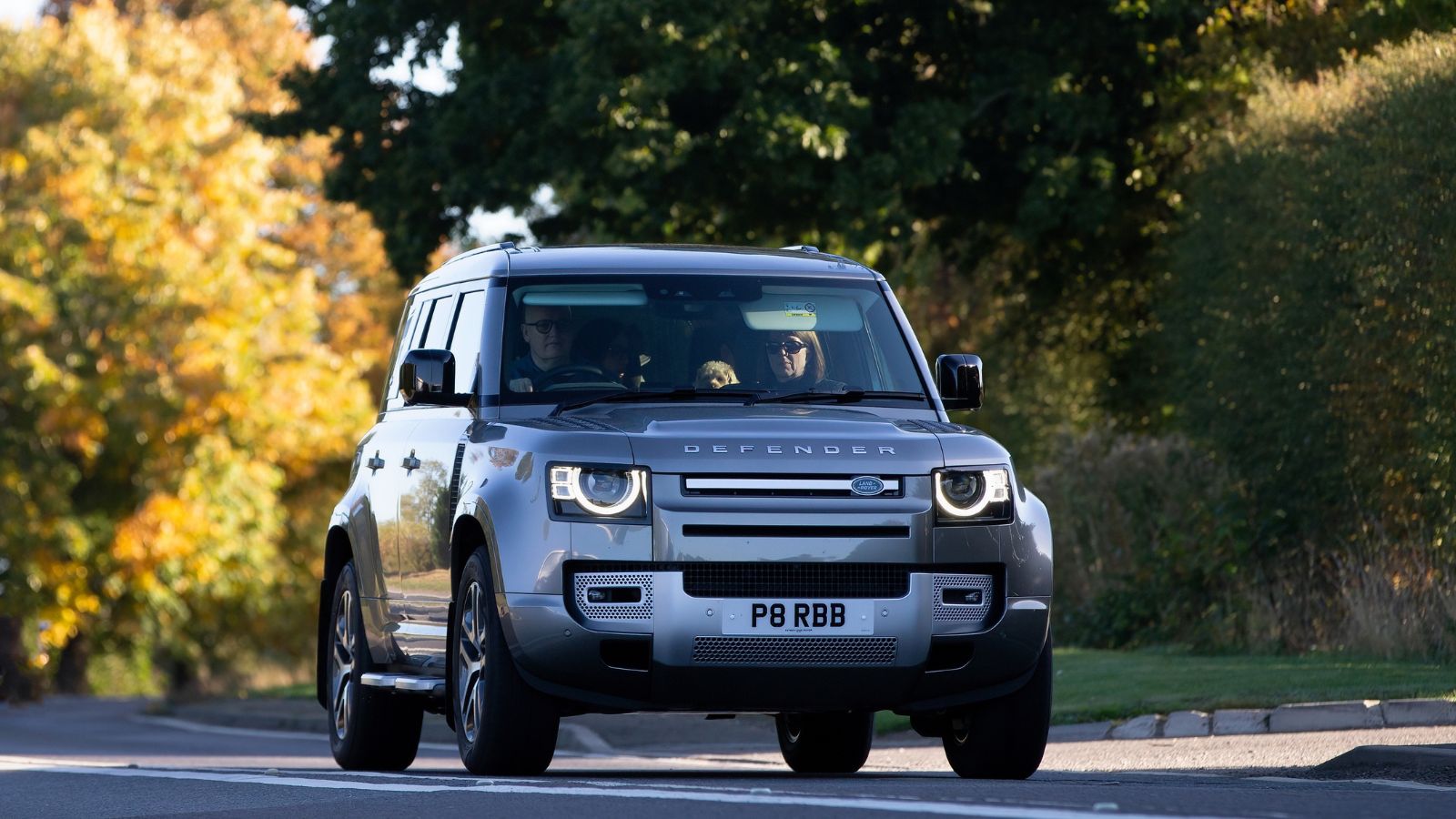
The Land Rover Defender PHEV (Plug-in Hybrid Electric Vehicle) combines the best of both worlds: the off-road capability the Defender is known for and the environmental benefits of electrification. The PHEV variant allows for short-distance, all-electric driving, making exploring nature without leaving a trace possible. Land Rover has also focused on sustainability in the materials used in the Defender. The vehicle’s interior features recycled materials, and the leather is sourced from suppliers committed to responsible farming practices. The Defender’s ability to navigate challenging terrains with minimal environmental impact makes it a vehicle that respects nature and invites drivers to engage with it more responsibly.
Hyundai Ioniq 5
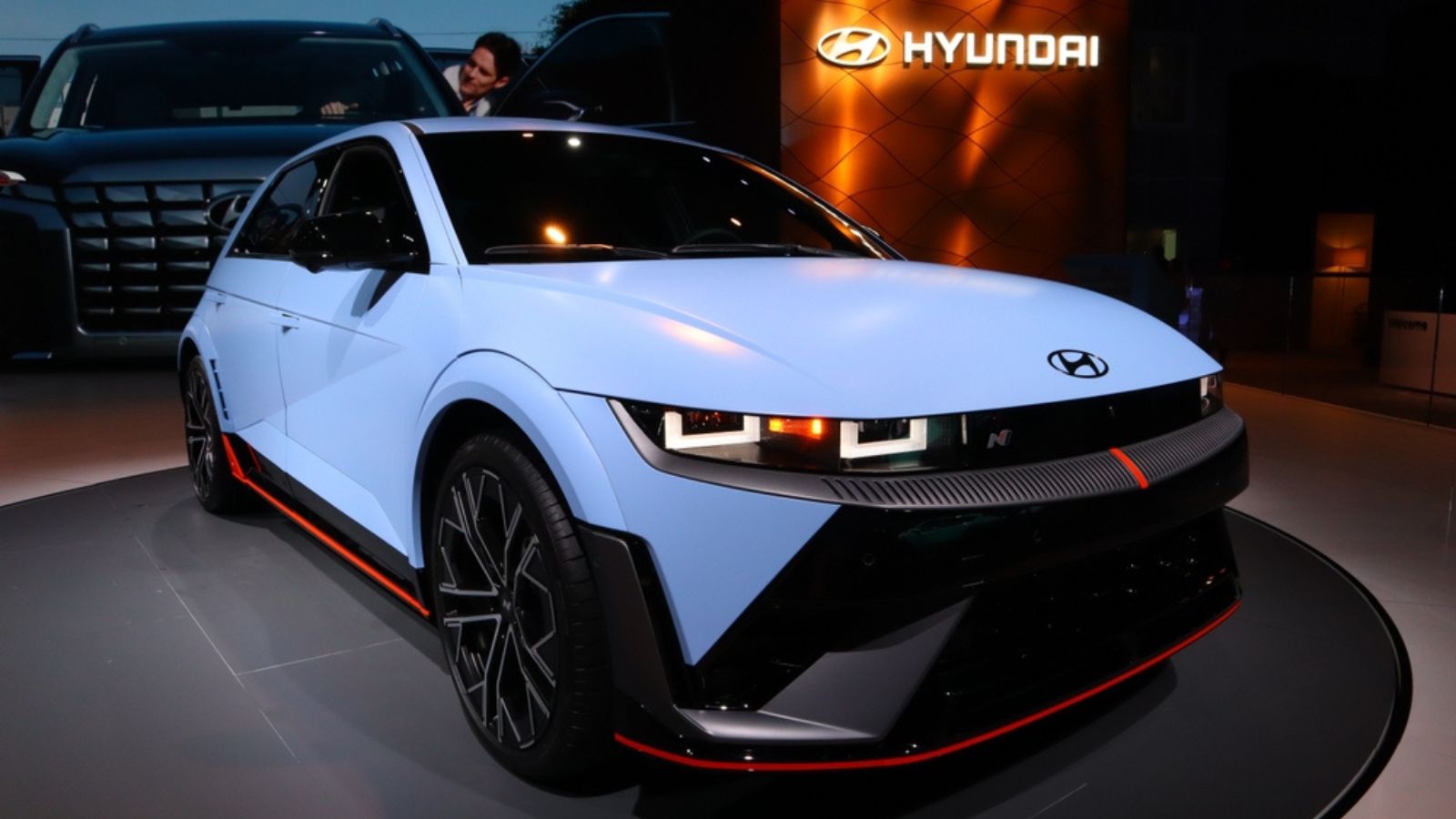
The Hyundai Ioniq 5 is a groundbreaking electric vehicle that combines retro design cues with cutting-edge technology. Inspired by the Hyundai Pony of the 1970s, its design features clean lines and a distinctive pixelated light signature, giving it a futuristic yet familiar look. But the Ioniq 5’s eco-friendly credentials genuinely set it apart. The interior is made from sustainable materials, including recycled plastics, eco-processed leather, and natural fibers. Hyundai has also used eco-friendly paint and adhesives throughout the vehicle. With a range of up to 300 miles and the ability to recharge quickly, the Ioniq 5 is an ideal vehicle for the environmentally conscious.
Jeep Wrangler 4xe
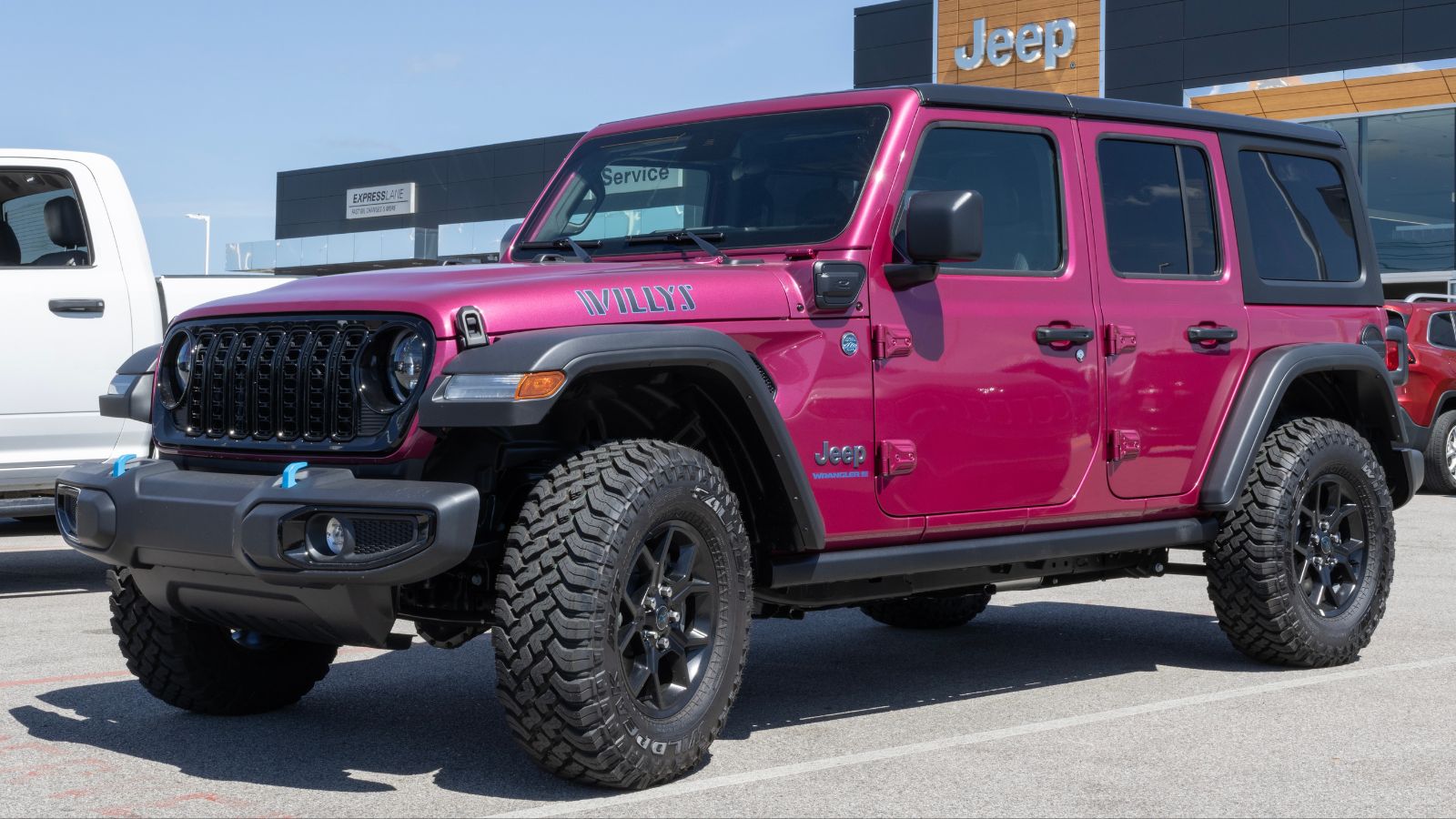
The Jeep Wrangler is an iconic off-road vehicle, and the introduction of the 4xe plug-in hybrid variant marks a significant step towards sustainability. The Wrangler 4xe combines Jeep’s legendary off-road capability with an electric powertrain for emissions-free driving in sensitive environments. The 4xe’s electric motor provides instant torque, making it even more capable on rugged terrain. When driving in all-electric mode, the Wrangler 4xe is silent, allowing drivers to experience nature without disturbing the peace. Jeep has also tried to reduce the environmental impact of the 4xe’s production, using eco-friendly materials and processes where possible.
Honda Clarity Fuel Cell
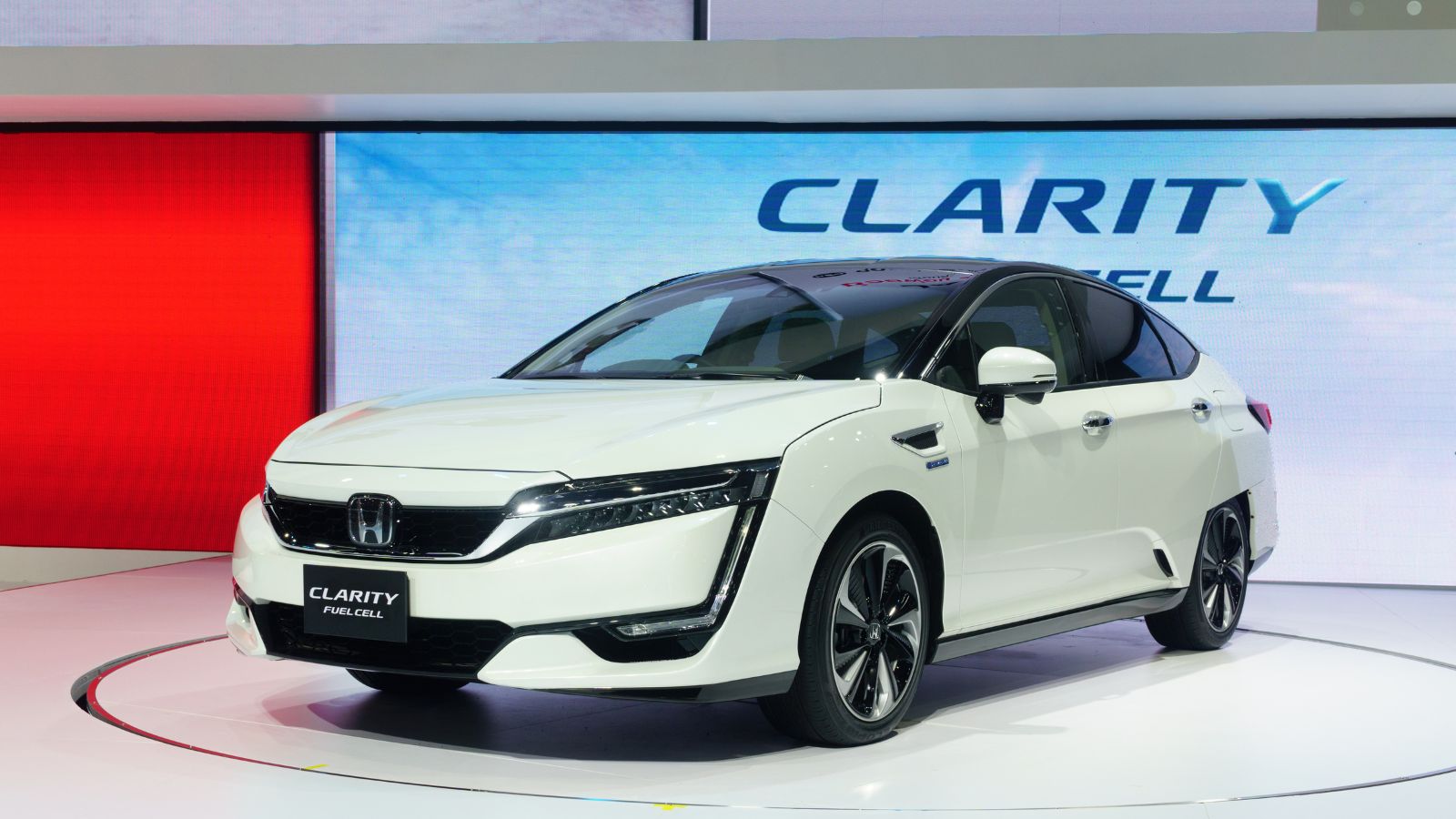
The Honda Clarity Fuel Cell is one of the few vehicles on the market that uses hydrogen as its primary fuel source. Hydrogen fuel cells generate electricity through a chemical reaction between hydrogen and oxygen, producing only water vapor as a byproduct. The Clarity’s sleek and aerodynamic design reduces drag and improves efficiency. The Clarity’s hydrogen fuel cell technology represents a significant step towards a zero-emissions future, making it a vehicle that harmonizes with the environment in more ways than one.
Ford Mustang Mach-E
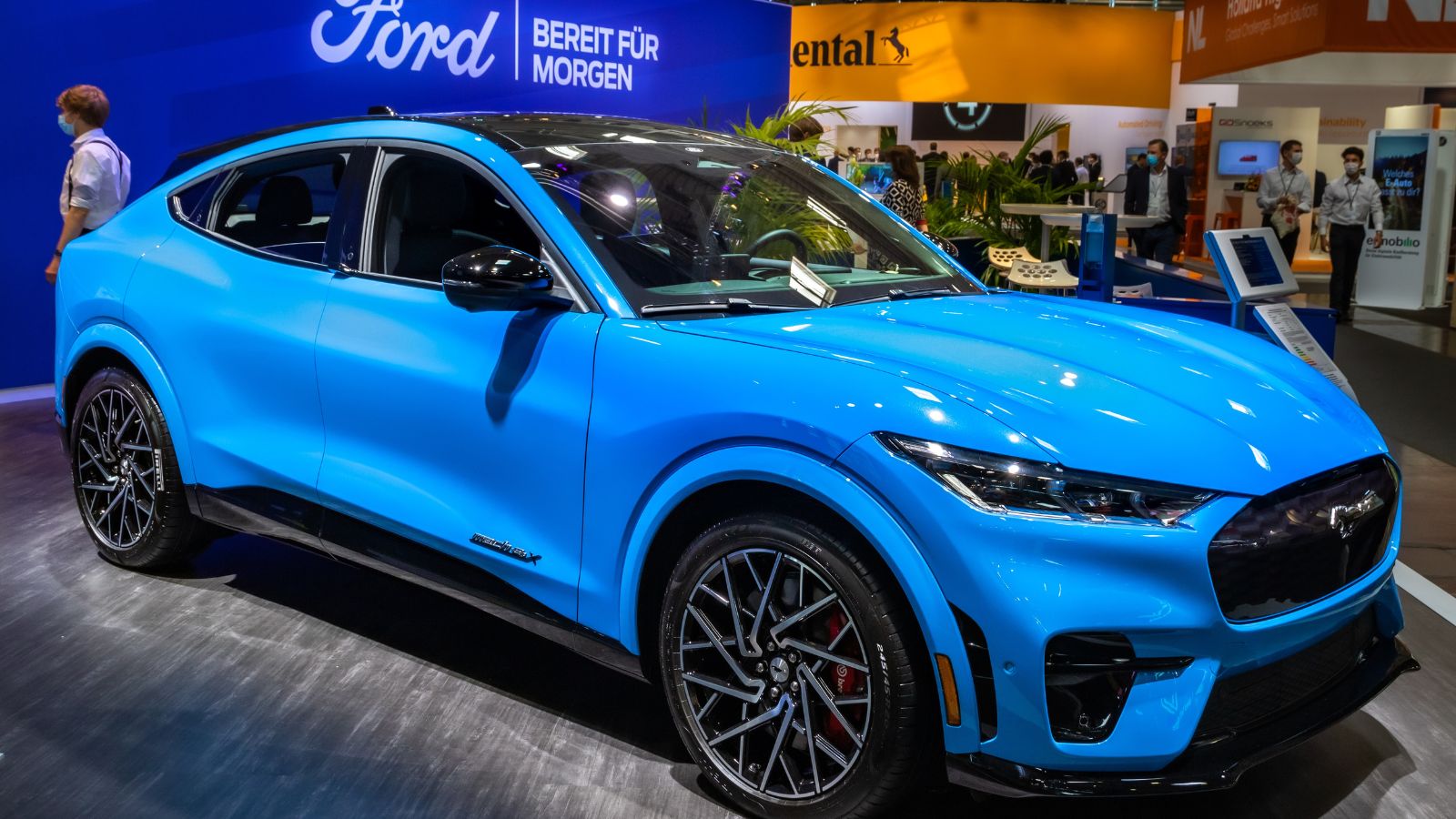
The Ford Mustang Mach-E is a bold reimagining of the classic Mustang, transforming it into an all-electric, powerful, and eco-friendly SUV. The Mach-E retains the sporty characteristics of its namesake but adds a new level of sustainability with its electric powertrain. Ford has also focused on reducing the environmental impact of the Mach-E’s production. The Mach-E also won the 2021 North American SUV of the Year Award. The vehicle’s design, with its aerodynamic lines and eco-friendly materials, allows it to blend seamlessly into urban and rural environments.
Polestar 2
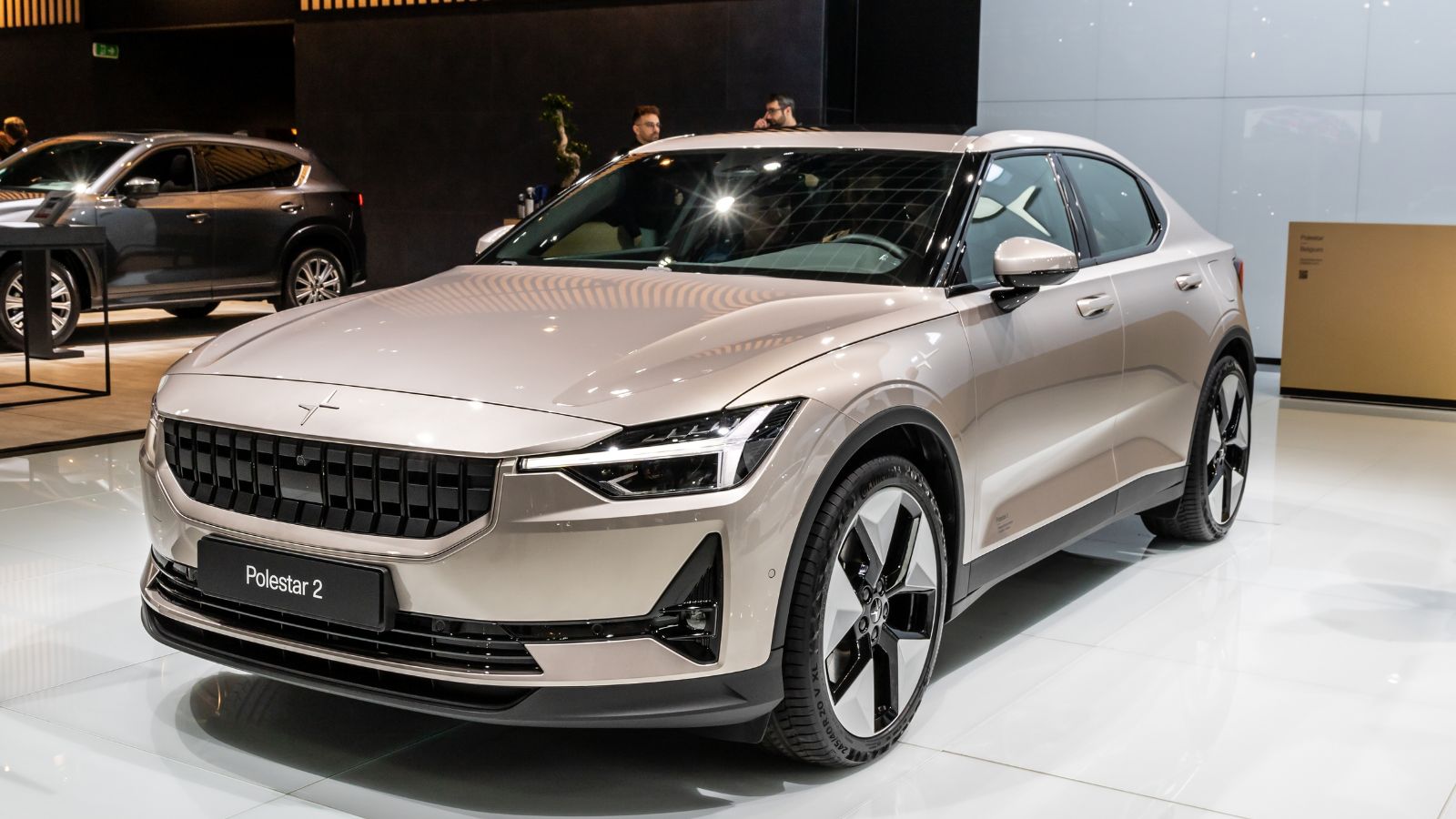
Polestar, a subsidiary of Volvo, has positioned itself as a leader in sustainable vehicle design with the Polestar 2. This all-electric vehicle has a 75.0-kWh lithium-ion battery for all-wheel drive models and a 79.0-kWh battery for rear-drive single-motor cars. Polestar is also committed to transparency in its supply chain, ensuring that the materials used in the vehicle are sourced responsibly. The Polestar 2’s blend of sustainability and design excellence makes it a perfect fit for drivers who want a vehicle that respects the environment while offering a premium driving experience.
Aptera
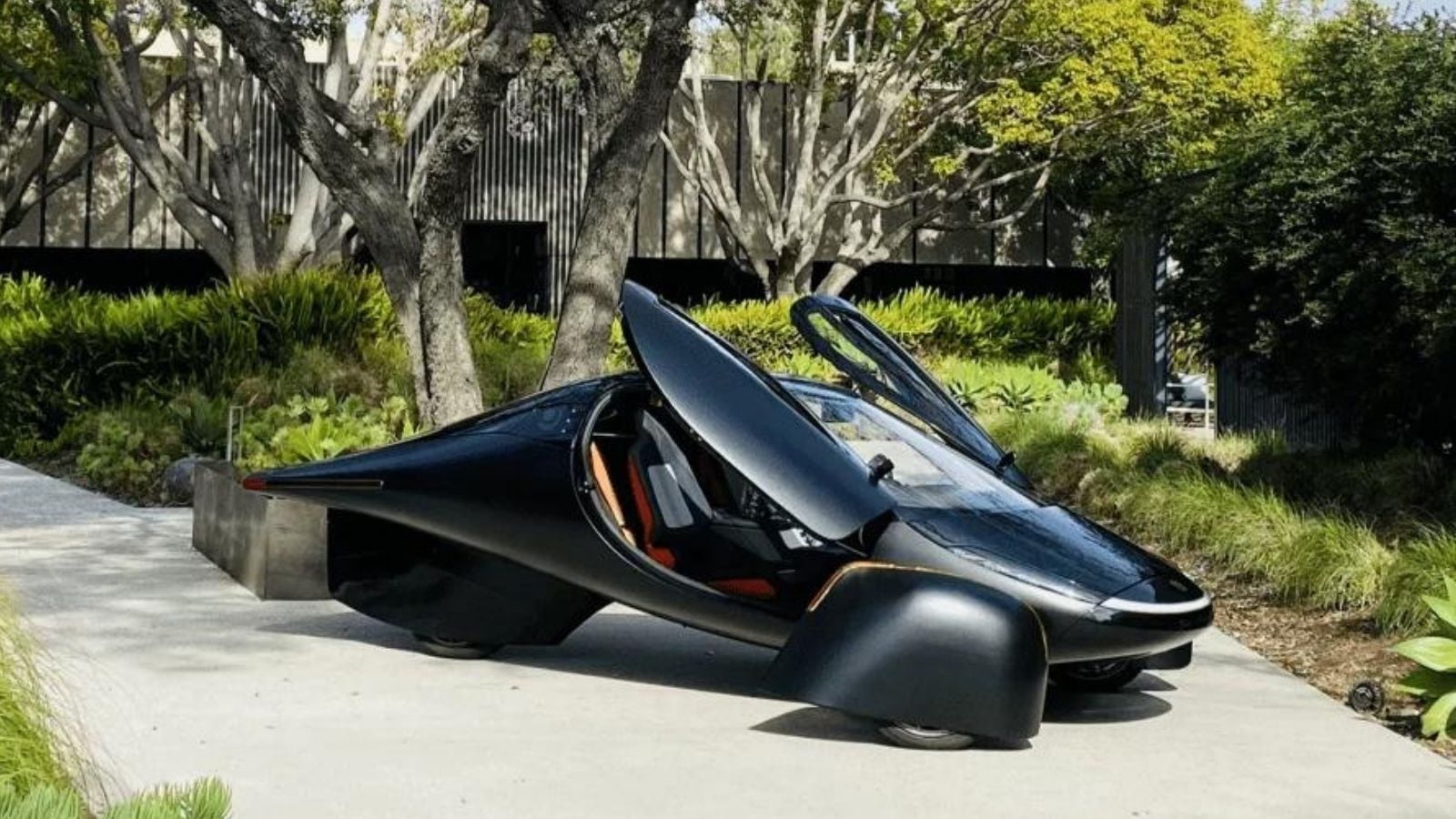
The Aptera is a futuristic, three-wheeled vehicle that stands out for its unique design and innovative use of solar power. The vehicle’s body is ultra-lightweight and made from solid and sustainable composites. Its shape is highly aerodynamic, reducing energy consumption and extending its range. What truly makes the Aptera special, though, is its solar panels, which can generate enough energy to power the vehicle for up to 40 miles per day, depending on sunlight conditions. This makes the Aptera one of the most eco-friendly vehicles on the market, as it can operate entirely off-grid for short distances. Its ability to recharge using solar energy allows it to blend into natural environments without relying on traditional power sources, making it a true champion of sustainable mobility.
14 Supercars Under $100K That Deliver Breathtaking Speed and Style
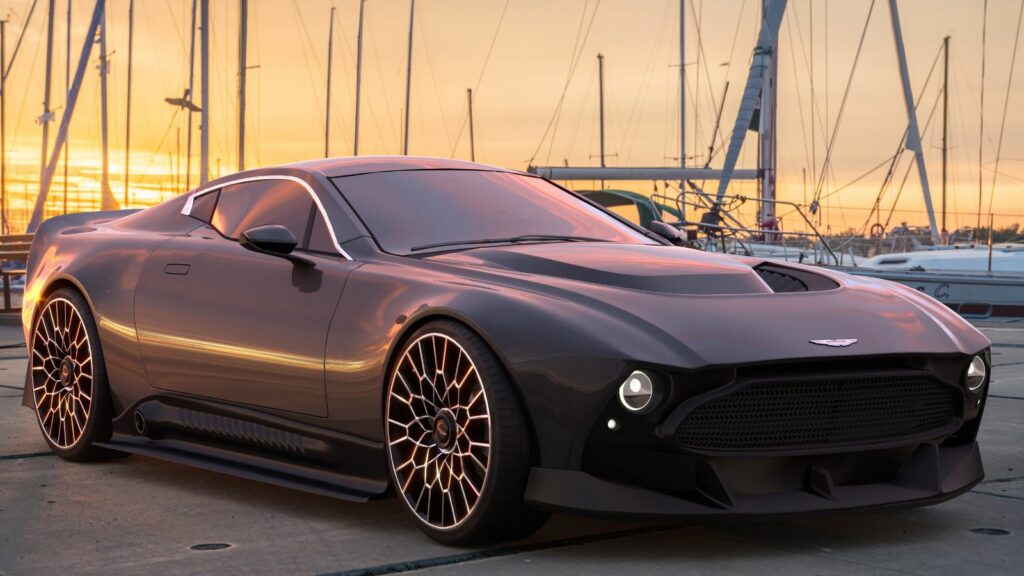
When you think of supercars, names like Ferrari, Lamborghini, and McLaren often come to mind, along with their staggering price tags. However, high-performance vehicles aren’t exclusively reserved for the super-rich. There exists a sweet spot where speed, style, and (relatively) sensible pricing converge, offering thrilling rides without completely obliterating your bank account. Hop in as we explore 14 underrated supercars under $100K.
14 Supercars Under $100K That Deliver Breathtaking Speed and Style
